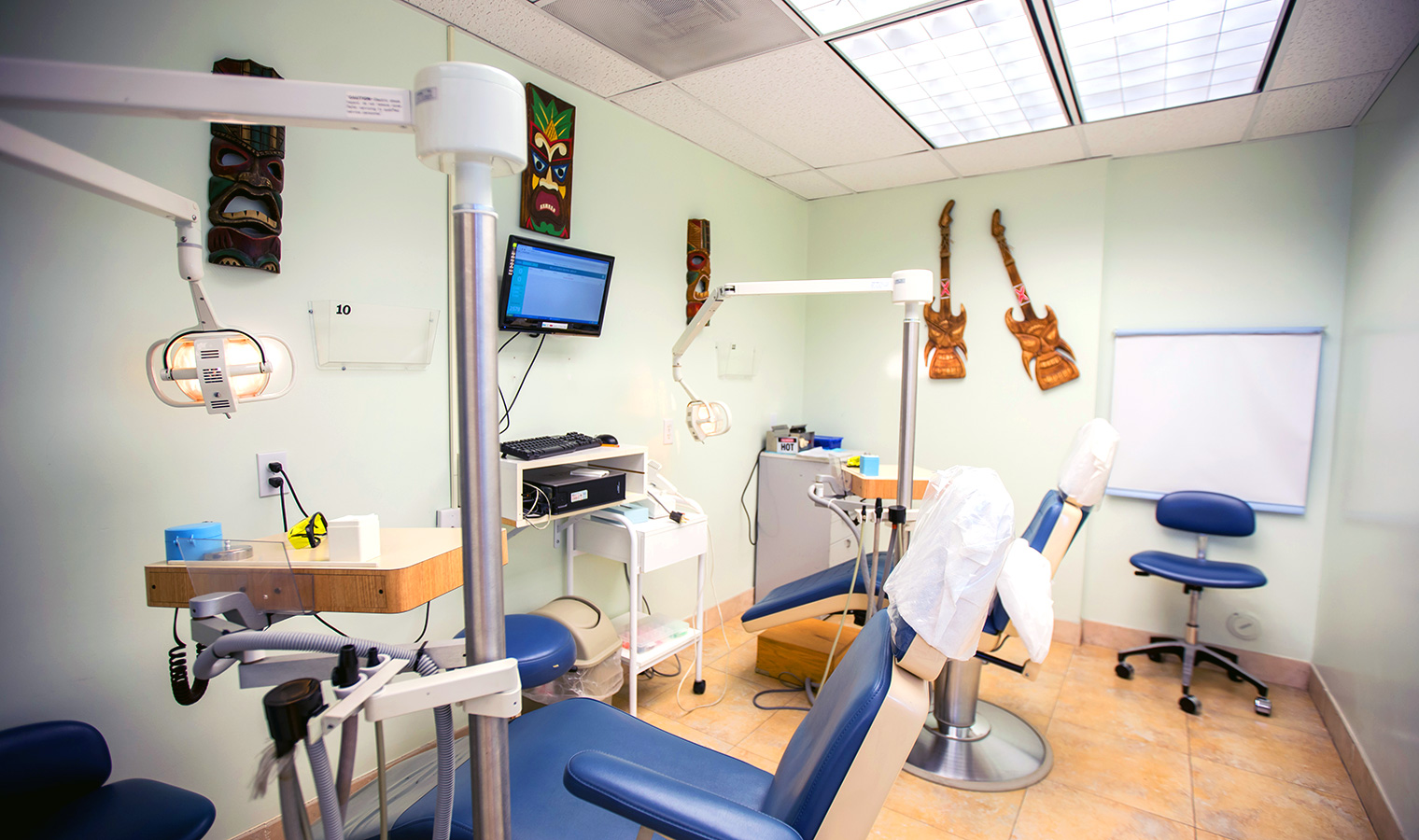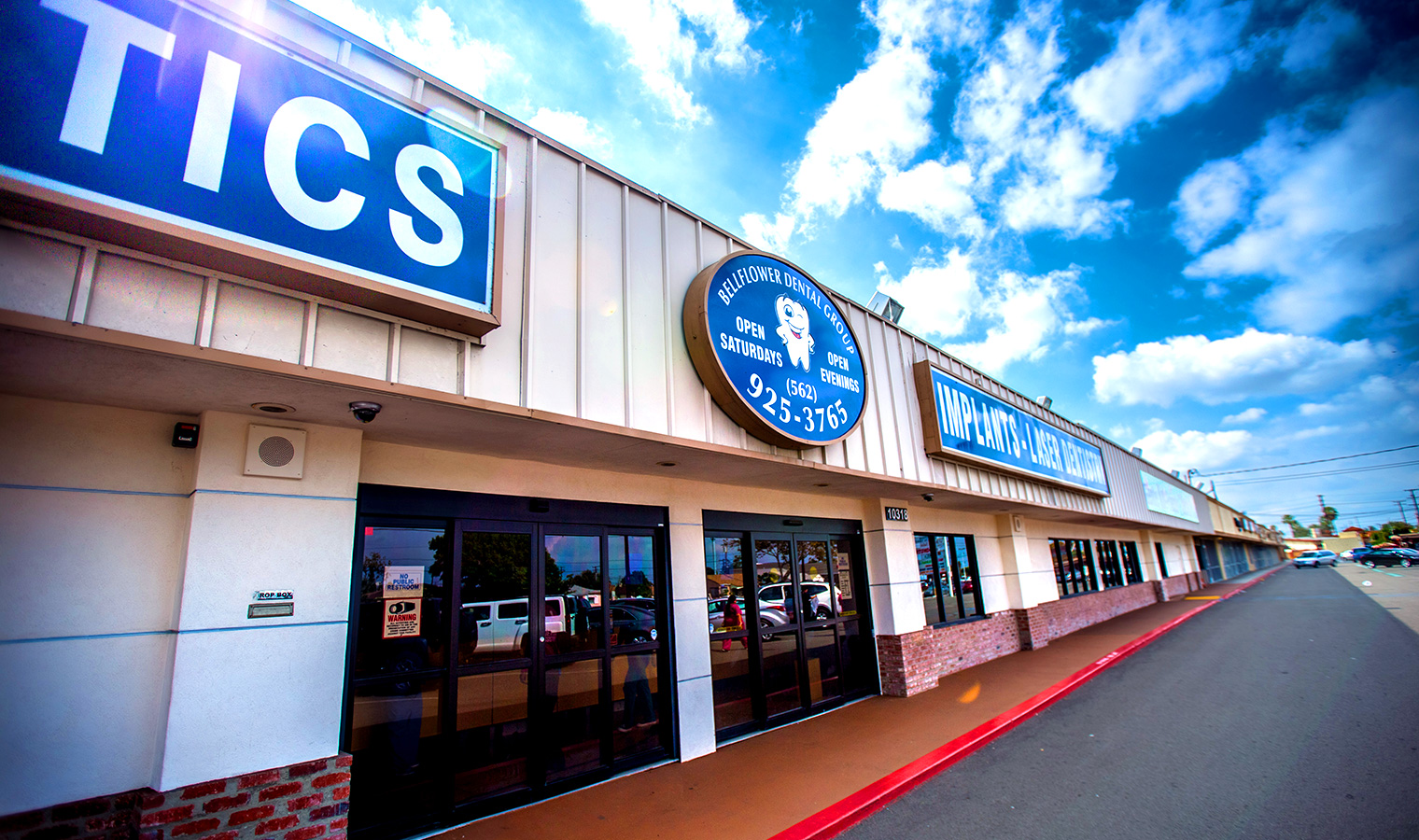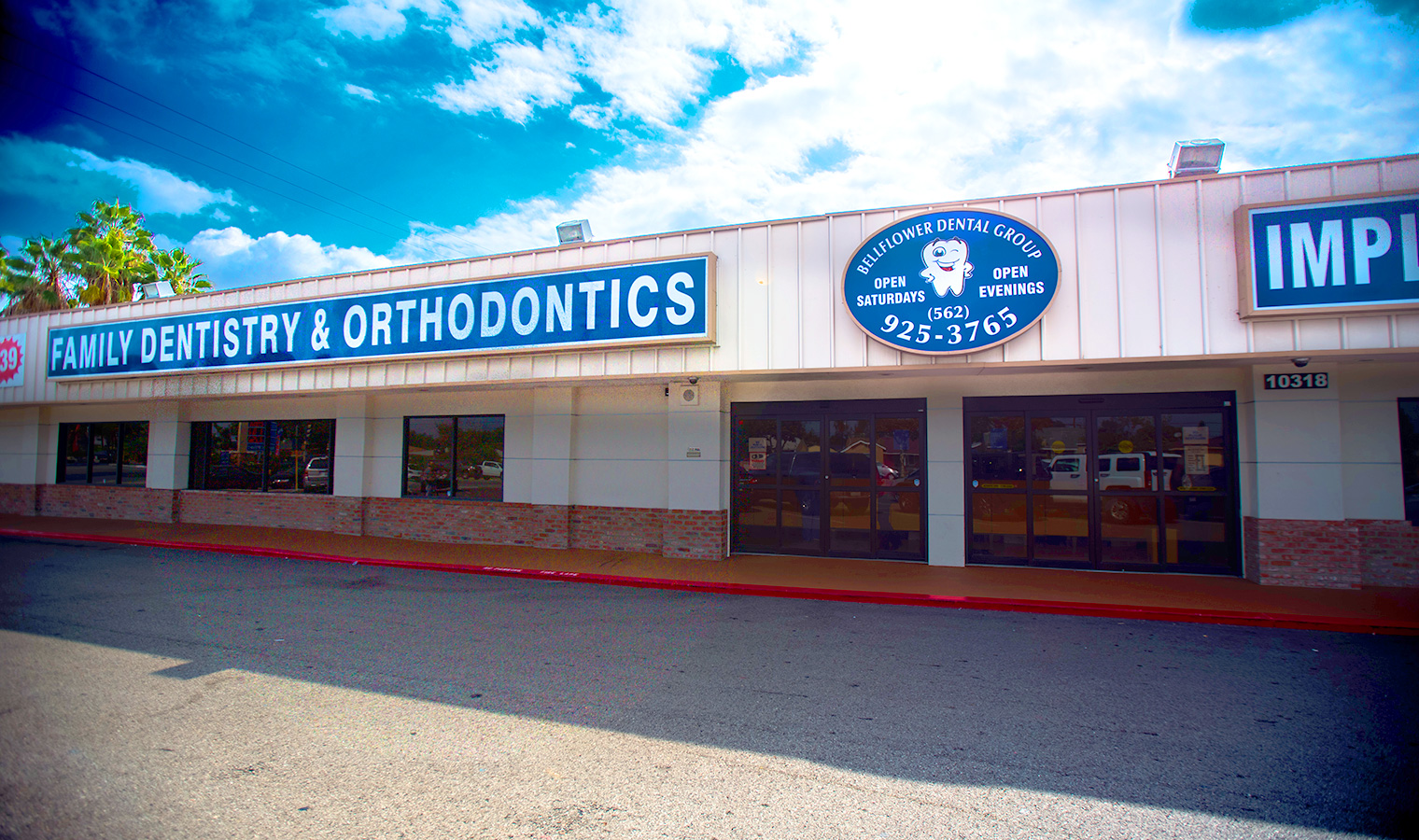What happens if you don’t replace an extracted tooth? Leaving a missing tooth gap alone can create several troublesome problems for you and your smile.
Millions of teeth are extracted each year for many different reasons. Tooth decay, periodontitis, broken teeth, dental abscesses… the list goes on and on. However, once a tooth is removed, many people wonder what their next step is. For many, they already have a plan mapped out for which dental prosthetic they’re going to get well before their tooth extraction appointment. For others, they wonder whether they need a tooth replacement at all.
Is it OK not to replace a missing tooth? There are only three situations where you don’t need a tooth replacement:
The tooth is a baby tooth
The tooth is a wisdom tooth
The tooth was removed to prepare for orthodontic treatment
However, in all other cases, restoring your lost teeth keeps your smile healthier. Leaving empty tooth gaps alone can lead to several frustrating and even painful problems that affect both your dental health and quality of life.
Bone Loss
Our teeth depend on an interconnected system of gum tissue, connective ligaments, and alveolar jaw bone to keep them solidly in place. That’s why periodontal disease, which attacks and destroys this structure, often ends in tooth loss, even when the infection doesn’t touch the tooth itself. With the alveolar bone, its sole function is to support your teeth, and it relies on the pressure from the day’s chewing to stimulate and upkeep it. After tooth extraction, this bite force disappears, and the jaw starts to weaken and deteriorate.
This bone loss is rapid within the first year as your mouth quickly tries to adapt to life without your tooth. As the bone disappears and withers away, nearby teeth are pulled out of their positions and drift towards the growing socket, like boats caught in a whirlpool. These moving teeth will create new gaps in your smile and change the way your teeth fit together when closed, changing your bite’s shape and effectiveness. It will also lead to facial sagging. In rare worst-case scenarios, some teeth may become so loose that they fall out.
There is only one way to prevent this bone resorption: a dental implant. This false tooth recreates your tooth’s root artificially using a titanium screw or post. Once completed, the implant can provide nearly the same amount of chewing pressure as the original tooth. However, other replacement tooth options still help keep your jaw healthier, even if they can’t stop the bone from shrinking. Bridges and dentures can prevent your remaining teeth from moving out of their spots and speeding along the ruin of your smile as you know it.
What Is Dental Bone Grafting?
Even without a tooth implant, your prosthodontist can still turn back the clock a bit on your jawbone loss with bone graft surgery. We’ll make a small incision by the empty tooth socket and transplant new bone tissue where there isn’t enough. After the new material is in place, it will spend the next four to six months healing and integrating with the old bone. Your jaw will become much stronger as this reinforcement returns it to its old self.
What material is used for dental bone grafts? Most dentists use transplants from one of three sources:
The patient, using bone tissue from elsewhere in the jaw
A donor, usually another person but sometimes an animal
Synthetic material made in a lab
Bone grafts are also used in an estimated third to half of all dental implant procedures. Just as these prosthetics can maintain your jaw for the rest of your life, they require a healthy amount to start with.
Speaking and Eating Difficulties
Without all of your teeth, you’ll find it much harder to speak with the preciseness and clarity you’re used to. Our mouths depend on our teeth, particularly front ones, to make certain noises. Patients who choose not to replace their missing teeth usually suffer from lisps and whistling sounds in their speech, which can be frustrating and embarrassing.
Missing teeth also make it more challenging to eat well. Your front teeth help bite into foods while your back molars chew your bites, creating a well-oiled machine that ensures you never have to think twice about eating. The more teeth that you have missing, the more difficulty you’ll have eating certain foods. You might not be able to have certain ones at all that are particularly hard to chew, like steak and hamburgers.
Poor Dental Health
Many patients start compensating for their missing teeth gaps by preferring to chew on one side over the other during meals. Additional strain is put on those areas of the mouth, leading to increased wear and tear. While dental enamel is hardy and meant to be a protective barrier against dental decay and impacts, it’s not invincible. As enamel thins, your tooth becomes more vulnerable to cavities, cracks, and chips.
However, putting off your visit to a prosthodontist in Bellflower can worsen your gum health, too, especially if you’re missing an entire arch or smile of teeth. These soft tissues are sensitive, and they’re not meant to experience the direct pressure of your bite and chewing. Over time as you eat without false teeth, your gums can become irritated and develop abrasions and cuts. If this happens, they will be vulnerable to bacteria and infection, potentially leading to gingivitis and gum disease.
Low Self-Esteem and Confidence
A person’s smile is one of the first things we notice when meeting with people, and this fact is something many people are well-aware of. With a gap-toothed grin, some patients find that it’s more difficult for them to smile confidently, especially when other people are around. They start hiding their smiles and laughter behind their hands, or they even stop themselves from doing them in the first place.
Replacing Missing Teeth: Your Options
Luckily, you can avoid these problems with the right prosthodontics treatment. There are several different ways you can replace your extracted teeth at Bellflower Dental, from traditional options like bridges and dentures to implant-supported ones.
Dental Bridge
A dental bridge is a fantastic way to replace one or more extracted teeth in a row. It works by bookending your false tooth (pontic) with two dental crowns. These crowns are anchored to the two abutment teeth on either side of the tooth gap, so your pontic can easily rest in the space between them. To fit your prosthetic, the abutment teeth are filed down and reshaped. Most bridges last an average of 10 to 15 years.
Dentures
For patients missing multiple missing teeth or even an entire smile, dentures are another great option. There are two different types of dentures, depending on your smile’s needs. Complete dentures are what most people think of when they hear “dentures,” and they’re necessary when a full arch of teeth need replacing. Partial dentures instead can replace any number of teeth less than an entire arch. This denture doesn’t rely on your jaw’s shape to hold it in place but instead uses your remaining teeth to anchor the prosthetic’s supportive base. Dentures usually last between 5 and 7 years.
Dental Implants
Dental implants are widely considered the best way to replace missing teeth. While bridges and dentures can fill up the space where your tooth had been, they don’t recreate your entire tooth, from root to crown. An implant is made of three parts: the titanium implant itself, an abutment, and a crown. As already mentioned, the implant screw is surgically inserted into the empty socket to act exactly like your original tooth’s root did. By stopping bone resorption from ever appearing, an implant’s crown can last more than 25 years. The titanium implant itself can often stay in great shape for the rest of a patient’s lifetime.
Traditional dental implants are used only for one or two teeth at a time. However, they’re also compatible with bridges and dentures to let you restore multiple teeth simultaneously while receiving implants’ unique benefits. Implant-supported appliances replace a standard implant’s dental crown with your chosen bridge or denture. By preventing alveolar bone loss, implant-supports have the added advantage of extending bridges’ and dentures’ lifespan by one or more decades.
However, while implants have incredible and unique health benefits, they are often on the pricier side to other alternatives. Why are implants so expensive? Implants require more visits and time, multiple surgeries, and more specialized care to ensure they’re a complete success. Your periodontist may also need to perform additional treatments, like bone grafting or dental sedation, that can add to your dental implant cost.
However, we want you to be confident that you can always receive affordable dentures, dental implants, and bridges. If you would like to discuss our alternative financing options at Bellflower Dental Group, please don’t hesitate to contact our dental office at (323) 486-6579 today.
























